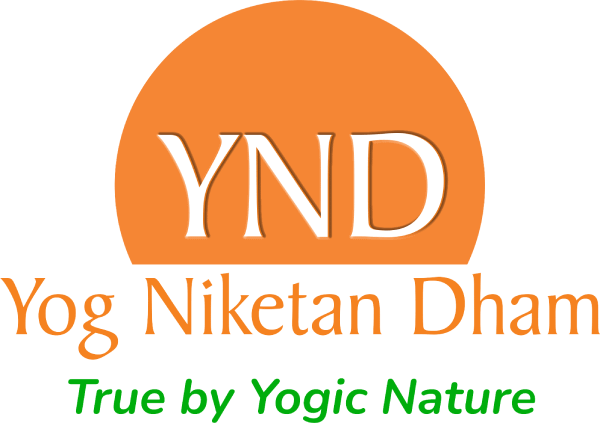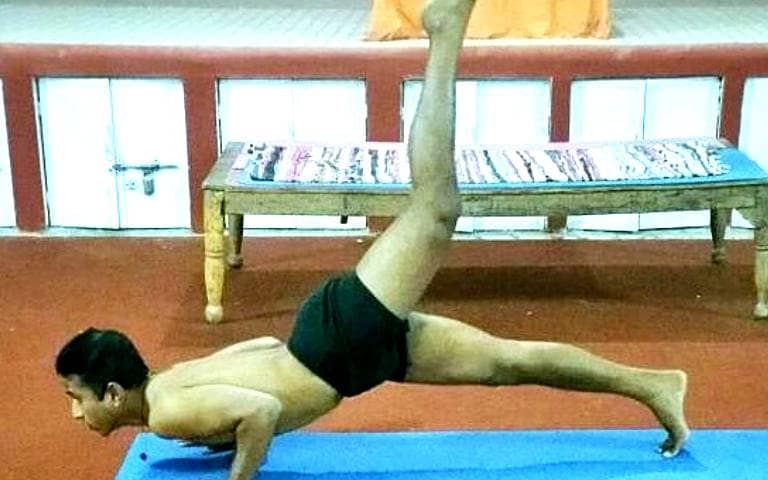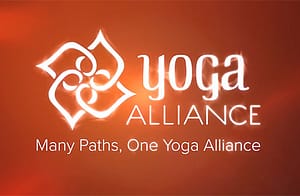Chaturanga Dandasana
Table of Contents
Chaturanga Dandasana for Beginners
Chaturanga Dandasana pose, or four-limbed staff pose, is a momentous asana in Hatha yoga, Ashtanga yoga, and the sun salutation series.
In Sanskrit, Chatur means Four, Anga represents limbs, and Danda means Staff.
It resembles the human spine. It is pronounced as Chaturanga-Dandasana, or “Cha-tur-anga-dandasana.” It is considered another variation of the Plank pose.
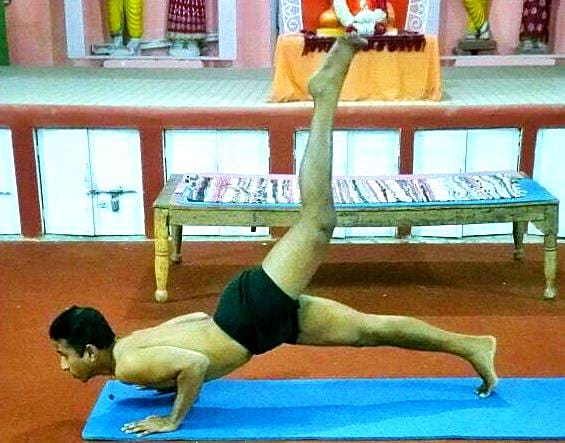
What is the purpose of Chaturanga Dandasana?
Chaturanga Dandasana variations, also known as the four-limbed staff pose, are practiced in various yoga flows.
In ancient times, Gurus asked their disciples to hold and maintain this pose for a long time to develop strength, endurance, and boost their energy.
Chaturanga practices so frequently, especially in Surya Namaskara. Therefore, practicing the Bakasana, Astavakrasana, or Eight-Angle pose is highly recommended before attempting the Four-Limbed Staff pose.
It is designed to achieve extreme balance and coordination in the body’s various parts.
Muscles widely used in practising Chaturanga Dandasana are:-
- Trapezius
- Deltoid
- Scapula
- Biceps
- Triceps
- Pectoralis Major
- Quadriceps
- Rectus Abdominis
- Maximus Gluteus
- Minimus Gluteus
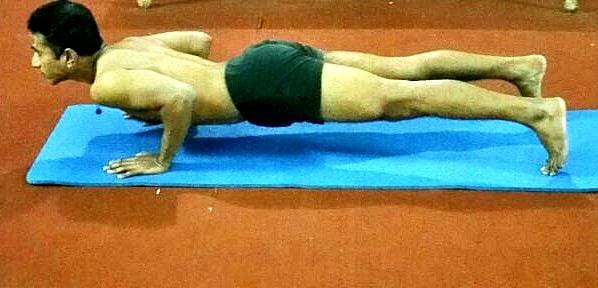
How to do Chaturanga Dandasana step-by-step:
- After practising the downward-facing dog pose, check the length and physiology of the body.
- Open your hands parallel to the level of your shoulders.
- Place your hands on the ground and come into a plank pose (Dandasana) with your hands under your shoulders. Please keep your legs parallel to the floor.
- Take a deep breath and exhale by bending your elbows. The body weight should be evenly distributed on the forearms and balanced on the toes.
- It is essential to check the line of your shoulders, which should align with the line of your elbows.
- Hold your breath until you return and straighten your arms again.
- Fold your legs and rest in the Vajrasana or Thunderbolt pose.
You may also make sure to have a rest in Savasana and to practice Yoga Nidra after completing Chaturanga dandasana.
What is the duration of Dandasana?
Usually, 20-30 seconds of holding is considered a good time for holding Dandasana. Chaturanga for beginners should be performed according to the instructions of their yoga teacher.
It is imperative to practise it under the supervision of a trained yoga instructor to avoid any injuries or accidents.
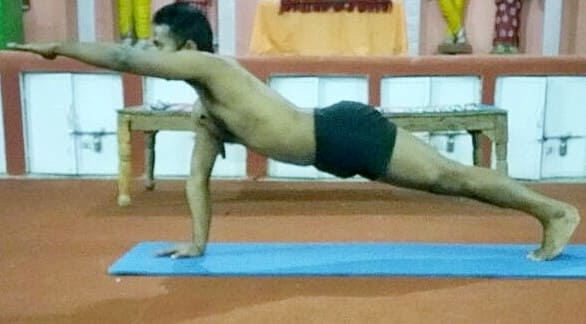
Is Chaturanga difficult?
Chaturanga Dandasana is considered an intermediate posture for strengthening and balancing the upper body.
At the beginning, it isn’t easy because a person needs to bring all the attention to maintaining the body’s balance on the forearms.
After a regular and consistent practice, it is easier to balance and coordinate the body parts. It takes a considerable amount of time to attain this level.
What is another name of Chaturanga Dandasana?
It is also known as the low Plank pose. In modern yoga practices, it is counted as a posture to advance yoga skills.
In this practice, the body is parallel to the ground and is supported by the toes and the hands. This posture combines strength, endurance, balance, and coordination.
The low plank pose is an excellent alternative to the traditional plank series. In the Plank pose, the chest region is not fully engaged, while in the low plank, the chest region is fully expanded.
Benefits of Chaturanga Dandasana
- It significantly increases strength in the forearms and shoulders.
- It is conducive to boosting the digestive system and activating digestive fire.
- Balancing improves after holding this asana for a long duration.
- It gives the abdominal region an excellent shape. The biceps, Triceps, Scapula, and Trapezius are mainly affected by this pose.
- It helps dissolve extra fat, especially from the waist, and gives the body a healthy appearance.
- It has done great work improving the coordination between the body parts.
- The four-limbed staff pose helps awaken upper channels. Firstly, Mooladhara chakra is activated, and energy transfers to the top 3 tracks.
- It has excellent work in developing a person’s metabolism and immunity.
- The Four-Limbed Staff pose is excellent for activating the Manipur Chakra, which is directly connected to the digestive tract and is considered the heating point of the body.
- It also supports the cardiac region. There is fast blood circulation toward the heart while holding a four-limbed staff pose.
- This posture provides the highest level of mental balance, which helps boost your confidence.
- The Four-limbed staff pose effectively aligns the body parts.
It also prepares the body’s muscles to adopt other postures.
Precautions for Chaturanga Dandasana
- Please avoid the four-limbed Staff pose if you have a high pulse rate or high blood pressure.
- In the event of severe body pain, it is advisable to avoid practicing this asana.
- In the case of Carpal tunnel syndrome, one should not practice it.
- If someone suffers from a wrist joint problem, they should avoid activities that exacerbate it.
- People should avoid practicing four-limbed staff poses to prevent injuries to the neck, chest, and shoulders.
- Avoid postures that aggravate your cervical problem.
- It should be avoided in individuals with heart problems or who are undergoing surgery.
- If you have a back problem, it is highly recommended that you avoid attempting this asana.
- Yoga for beginners should not hold this posture for a long duration.
- If the person has headaches or migraines, they should avoid this asana.
Chaturanga Dandasana contraindications should be avoided after following proper terminology.
It works fabulously, activating the heart chakra and the solar plexus channel. It is also helpful in activating Kundalini, and it has been effective in neutralizing it to treat thyroid problems.
During our Yoga Teacher Training and wellness retreat programs, we ask our students to practice the Four-Limbed Staff Pose for physical, mental, and emotional growth.
Our Reiki, Jin Shin Jyutsu, and Yoga Therapy sessions help them recognize the benefits of holding Chaturanga for a specific time.
Tags:
